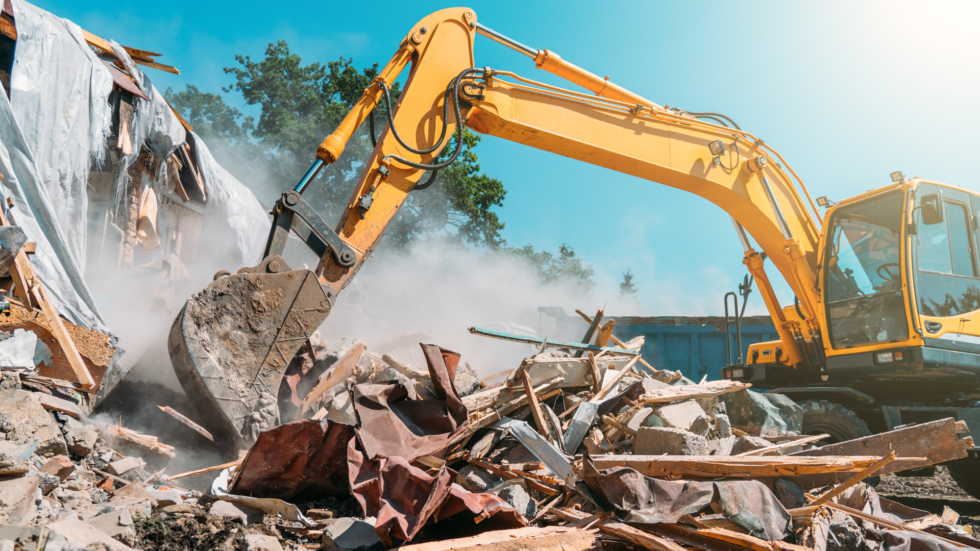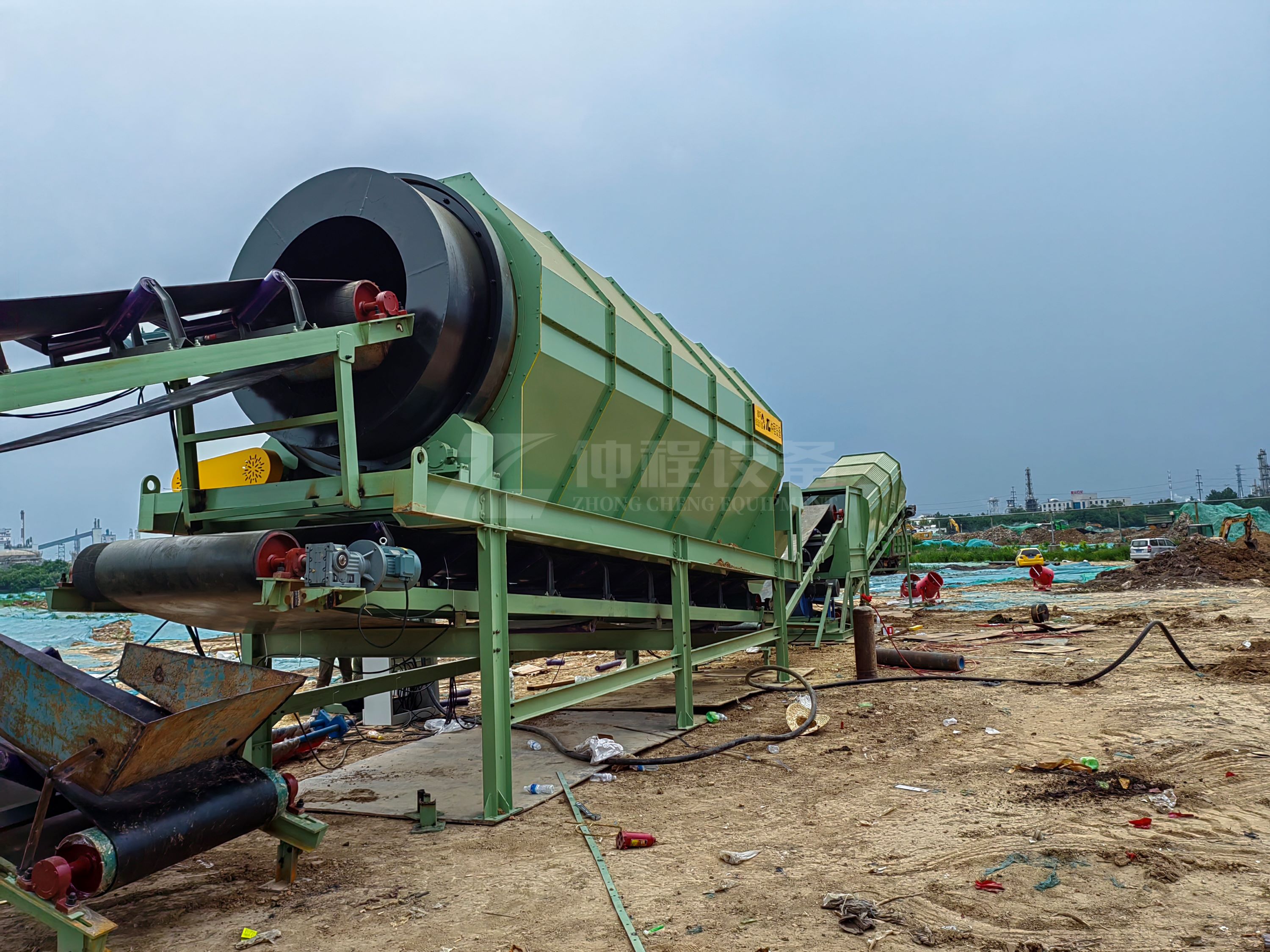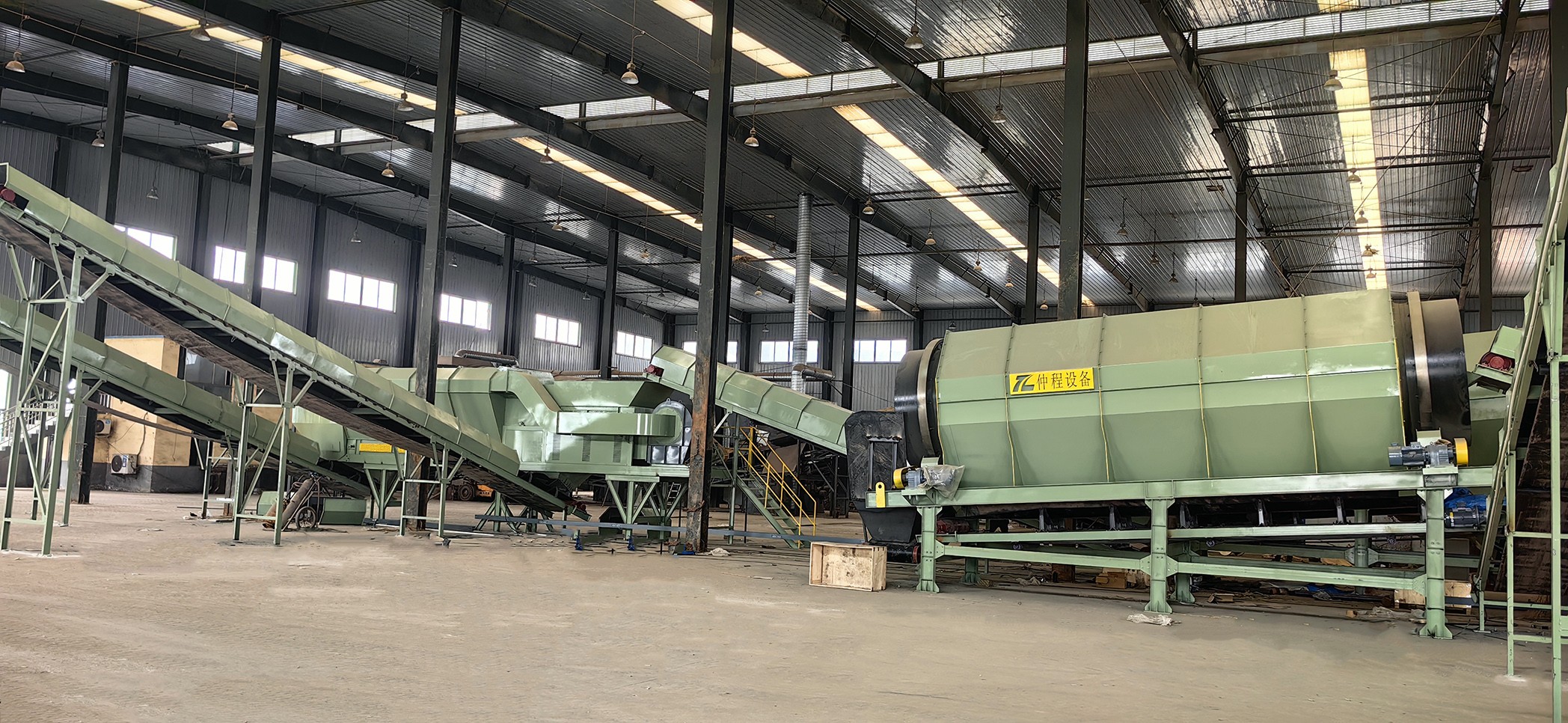Roller screen for recycling construction waste
In the world of construction and demolition, the generation of waste is an inevitable byproduct. With urbanization and development on the rise, the volume of construction waste is increasing at an alarming rate. Effective waste management strategies are crucial to minimize the environmental impact, and recycling is at the forefront of these strategies. Among the various technologies employed in the recycling of construction waste, the trommel screen stands out as a vital piece of equipment. This article explores the role of trommel screens in recycling construction waste, highlighting their importance, operation, and benefits.

Understanding Trommel Screens
A trommel screen, also known as a rotary screen, is a mechanical screening machine used to separate materials, often in the processing of solid waste. The trommel itself is a rotating cylindrical drum that is perforated with holes or mesh to allow smaller materials to fall through while larger materials are retained inside the drum. The basic design of a trommel screen is simple yet effective, and it has been widely adopted in the waste management industry due to its versatility and efficiency.
The Role of Trommel Screens in Recycling Construction Waste
Construction waste consists of a variety of materials, including concrete, wood, metals, bricks, and soil. The recycling process involves sorting and separating these materials so that they can be reused or repurposed rather than ending up in landfills. Trommel screens are integral to this sorting process, providing an efficient and cost-effective method of separating materials by size.
Separation of Mixed Materials: Construction waste is often a mixture of various materials of different sizes. Trommel screens are highly effective in separating these materials, enabling the recovery of valuable resources such as metals and aggregates. By rotating, the drum allows finer particles to pass through the screen openings, while larger materials are carried further along the drum for additional processing or disposal.
Reduction of Landfill Waste: By facilitating the separation and recovery of recyclable materials, trommel screens play a crucial role in reducing the volume of construction waste sent to landfills. This not only conserves valuable landfill space but also reduces the environmental impact associated with waste disposal.
Cost-Effective Recycling: Trommel screens contribute to the cost-effectiveness of recycling operations. By automating the sorting process, they reduce the need for manual labor and increase the throughput of recycling facilities. This efficiency translates into lower operational costs and higher profitability for recycling companies.
How Trommel Screens Work
The operation of a trommel screen is based on a simple yet effective mechanism. The cylindrical drum is mounted on a frame and driven by a motor. As the drum rotates, the material to be screened is fed into the drum at one end. The rotation of the drum causes the material to tumble and roll, which helps break up clumps and separate finer particles from coarser ones.
The perforated surface of the drum allows smaller particles to pass through, while larger particles are carried along the length of the drum. The size of the screen openings can be customized depending on the specific requirements of the recycling process. Once the material has been screened, it is either collected for further processing or directed to different outlets for recovery.

Benefits of Using Trommel Screens in Construction Waste Recycling
High Efficiency: Trommel screens are capable of processing large volumes of material in a relatively short amount of time. This makes them ideal for handling the high throughput demands of construction waste recycling facilities.
Versatility: Trommel screens can be adapted to handle a wide range of materials, from soil and sand to larger aggregates and metals. This versatility makes them suitable for various applications within the construction waste recycling process.
Low Maintenance Requirements: The design of trommel screens is inherently simple, with fewer moving parts compared to other screening equipment. This simplicity translates into lower maintenance requirements and reduced downtime, ensuring continuous operation and higher productivity.
Environmental Impact: By enabling the efficient separation and recovery of recyclable materials, trommel screens contribute to the reduction of environmental pollution. The recycling of construction waste not only conserves natural resources but also reduces greenhouse gas emissions associated with the production of new materials.
Scalability: Trommel screens are available in various sizes and capacities, making them suitable for both small-scale and large-scale recycling operations. This scalability ensures that trommel screens can be integrated into different recycling setups, from mobile units on construction sites to large, stationary plants.

Challenges and Considerations
While trommel screens offer numerous benefits, there are also challenges and considerations that must be taken into account. One of the primary challenges is the wear and tear on the screen drum due to the abrasive nature of construction waste materials. Regular maintenance and the use of durable materials in the construction of the drum are essential to prolong the lifespan of the equipment.
Another consideration is the potential for clogging, especially when dealing with wet or sticky materials. Proper management of moisture levels and the use of anti-clogging mechanisms can help mitigate this issue.
Conclusion
In conclusion, trommel screens are indispensable tools in the recycling of construction waste. Their ability to efficiently separate and recover valuable materials makes them a cornerstone of modern waste management practices. As the construction industry continues to grow, the importance of sustainable waste management will only increase, and trommel screens will continue to play a vital role in this effort. By investing in advanced trommel screen technology, recycling companies can enhance their operational efficiency, reduce environmental impact, and contribute to a more sustainable future.
-
 Trommel screenTrommel screen, also known as drum screens, are widely used in various industries for sorting and separating materials.Get Quote
Trommel screenTrommel screen, also known as drum screens, are widely used in various industries for sorting and separating materials.Get Quote -
 Crop straw double shaft shreddApplications:Biomass Energy Production: Shredded straw can be used as a feedstock for bioenergy plants to produce electricity or heat.Livestock Feed: Reduced-si...Get Quote
Crop straw double shaft shreddApplications:Biomass Energy Production: Shredded straw can be used as a feedstock for bioenergy plants to produce electricity or heat.Livestock Feed: Reduced-si...Get Quote -
 Zhongcheng Air Drum SeparatorAir drum separators effectively separate lightweight materials (e.g., plastics, paper) from heavier materials (e.g., metals, glass). This high efficiency is cru...Get Quote
Zhongcheng Air Drum SeparatorAir drum separators effectively separate lightweight materials (e.g., plastics, paper) from heavier materials (e.g., metals, glass). This high efficiency is cru...Get Quote
-
2024-08-20A rubber double shaft shredderExamples of Specific Models:GDB Series Biomass Shredder: Although primarily designed for biomass materials, this model can also be configured to handle various ...
-
2024-08-07Efficient Material Separation with Bounce ScreensThe ballistic separator is an important equipment with separation function designed for the sorting of inorganic particles in the coarsely crushed waste.
-
2024-08-12The Advantages of Horizontal Baling TechnologyA horizontal baler, also known as a horizontal baling machine, is a piece of equipment used for compressing materials and wrapping them into bales. This process...
-
2024-06-05Waste Trommel And Copmost TrommelHowever, it's important to choose the right type of drum screen based on your specific needs. Today, Kevin from Zhongcheng Company will explain the differences...
-
2023-01-12Waste Baler For MSWHigh density solid waste balers are the final step before sending waste to landfill. Horizontal balers designed and manufactured for this difficult job and prov...



